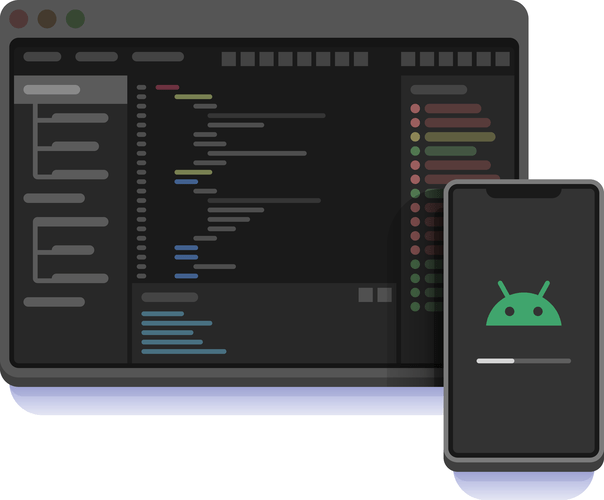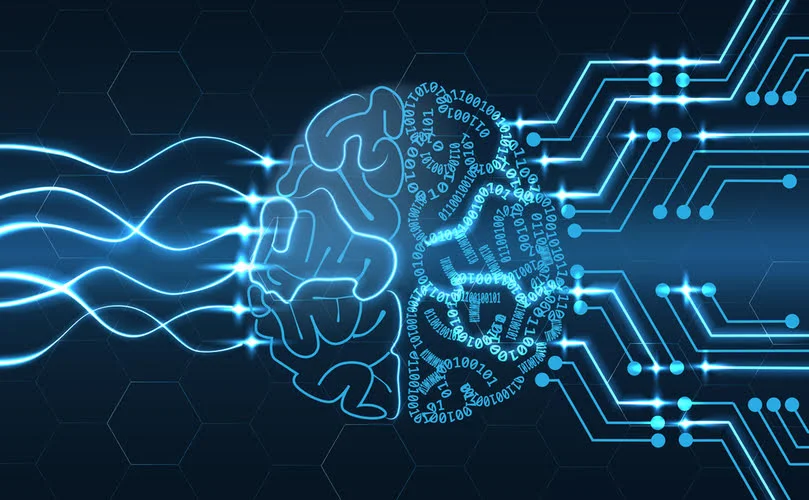That cause is, in principle, directly controllable. Therefore, if shown to be true, that cause could be eliminated, and the effect would disappear or be reduced. It may be appropriate to seek theories from additional persons familiar with that element of the process. Because these now trace out logical causal chains, it is easier to devise effective ways of testing the theories. For example, form formats which cause problems in keying may differ from those which create problems in the original pencil entry.

To help structure the approach, the categories are often selected from one of the common models shown below, but may emerge as something unique to the application in a specific case. ACM SIGSOFT software engineering notes, 9, 120–125. A cause and effect diagram, also known as an Ishikawa or „fishbone“ diagram, is a graphic tool used to explore and display the possible causes of a certain effect. Use the classic fishbone diagram when causes group naturally under the categories of Materials, Methods, Equipment, Environment, and People. Use a process-type cause and effect diagram to show causes of problems at each step in the process.
Method ArticleUsing cause-effect graphs to elicit expert knowledge for cross-impact balance analysis
Each column of the decision-table is converted into a test case. The causes and effects are linked together using Boolean expressions to obtain a cause-effect graph. Constraints are also added between causes and effects if possible. Turn every software project into a successful one. Repeat step 5 to 8 above to create more primary and secondary causes.
- Specification-based testing using cause-effect graphs.
- The general “lack of training” cause on the original diagram is normally a good danger sign that the causal chain needs to be checked.
- For example, form formats which cause problems in keying may differ from those which create problems in the original pencil entry.
- We can see in graph cause C1 and C2 are connected through OR logic and effect E1 is connected with AND logic.
- In such cases, the effect being explained may be so general and ill-defined that the team will have a hard time focusing and the resulting diagram may be unnecessarily large, complex, and difficult to use.
If this pattern can be approximated by a line, the correlation is linear. Cause-effect profiles were used to elicit information about the strength of linear and non-linear bivariate relationships. Pareto Chart A Pareto chart helps identify the few, most important factors that contribute to an effect and, therefore, warrant the most attention. Robert Lloyd, IHI Vice President, uses his trusty whiteboard to dissect the science of improvement. In short videos, he breaks down everything from Deming’s System of Profound Knowledge, to the PDSA cycle, to run charts. It assists us to decide the root reasons of a problem or quality using a structured approach.
Cause and Effect Analysis
The graph can always be rearranged so there is only one node between any input and any output. See conjunctive normal form and disjunctive normal form. The mask constraint states that if effect 1 is true then effect 2 is false. Note that the mask constraint relates to the effects and not the causes like the other constraints. Constraints may be added to the causes and effects.
The main advantage of https://www.globalcloudteam.com/ testing is, it reduces the time of test execution and cost. This involves identifying the causes and effects in the specification. ” until you have reached a useful level of detail—that is, when the cause is specific enough to be able to test a change and measure its effects. The steps below outline the major steps to take in creating a Cause and Effect Diagram.
Circumstances – under which Cause-Effect Diagram used
Quality planning is the essential first step of IHI’s Whole System Quality approach to overall quality management. Verify that the cause at the end of each causal chain is potentially a root cause. Such a potential root cause will normally satisfy three conditions. You can trace a logical causal relationship from that cause, through all its intermediate causes, to the final effect being explained.

It motivates team contribution and uses the team data of the process. To narrate the connections of the system with the factors affecting a particular process or effect. We are in the process of writing and adding new material exclusively available to our members, and written in simple English, by world leading experts in AI, data science, and machine learning. For more information on Cause and Effect Diagrams and how Juran can help you leverage it to improve your quality and productivity, please get in touch with the team.
Test input generation from cause–effect graphs
For C1 OR C2, any one from C1 and C2 should be true. In other words, for the existence of effect E1 any one from C1 and C2 but the C3 must be true. We can see in graph cause C1 and C2 are connected through OR logic and effect E1 is connected with AND logic.

Cause–effect graphing is a well-known requirement-based and systematic testing method with a heuristic approach. Since it was introduced by Myers in 1979, there have not been any sufficiently comprehensive studies to generate test inputs from these graphs. However, there exist several methods for test input generation from Boolean expressions. Cause–effect graphs can be more convenient for a wide variety of users compared to Boolean expressions. Moreover, they can be used to enforce common constraints and rules on the system variables of different expressions of the system.
The 8 Ps (used in product marketing)
As the C-E diagram is constructed, team members tend to move back along a chain of events that is sometimes called the causal chain. Teams move from the ultimate effect they are trying to explain, to major areas of causation, to causes within each of those areas, to subsidiary causes of each of those, and so forth. Teams should stop only when the last cause out at the end of each causal chain is a potential root cause. Cause-Effect graph technique converts the requirements specification into a logical relationship between the input and output conditions by using logical operators like AND, OR and NOT. Cause-effect graph comes under the black box testing technique which underlines the relationship between a given result and all the factors affecting the result. The causes emerge by analysis, often through brainstorming sessions, and are grouped into categories on the main branches off the fishbone.

Double clickCause and rename it toEquipments weren’t provided on time, then create a secondary cause by right clickingEquipments weren’t provided on timeand selectAdd Secondary Cause. Right clickEquipment and select Add Primary Causefrom the toolbar to create a new primary cause-effect graph cause. Draw diagonal lines above and below the horizontal line (these are the “fishbones”), and label with the categories you have chosen. Graphic representation of input data and / or signals and related output , which can be used to develop test scenarios.
What is Cause-Effect Graph?
If some branches appear overloaded with causes compared to the others, consider whether they might be most appropriately divided into two or more main branches. A root cause has three characteristics that will help explain when to stop. First, it causes the event the team had sought after—either directly or through a sequence of intermediate causes and effects. That is, in principle, team members could intervene to change that cause. In the engine example, we have been using in this section, speed cannot be controlled directly. Control of speed is dependent on proper functioning of the throttle and governor, but proper control with the throttle is dependent on correct calibration and proper functioning of the linkage.





